Introduction
Japan has long been a global leader in robotics — from industrial automation to healthcare, entertainment, and even cultural experiences. As technology advances, Japanese robots are becoming smarter, safer, and more interactive with humans. In this article, we explore the Top 10 Japanese robots available today, breaking down their features, advantages, limitations, and price ranges.

🏆 Top 10 Japanese Robots in 2025
1. AIREC (AI-driven Robot for Embrace and Care)
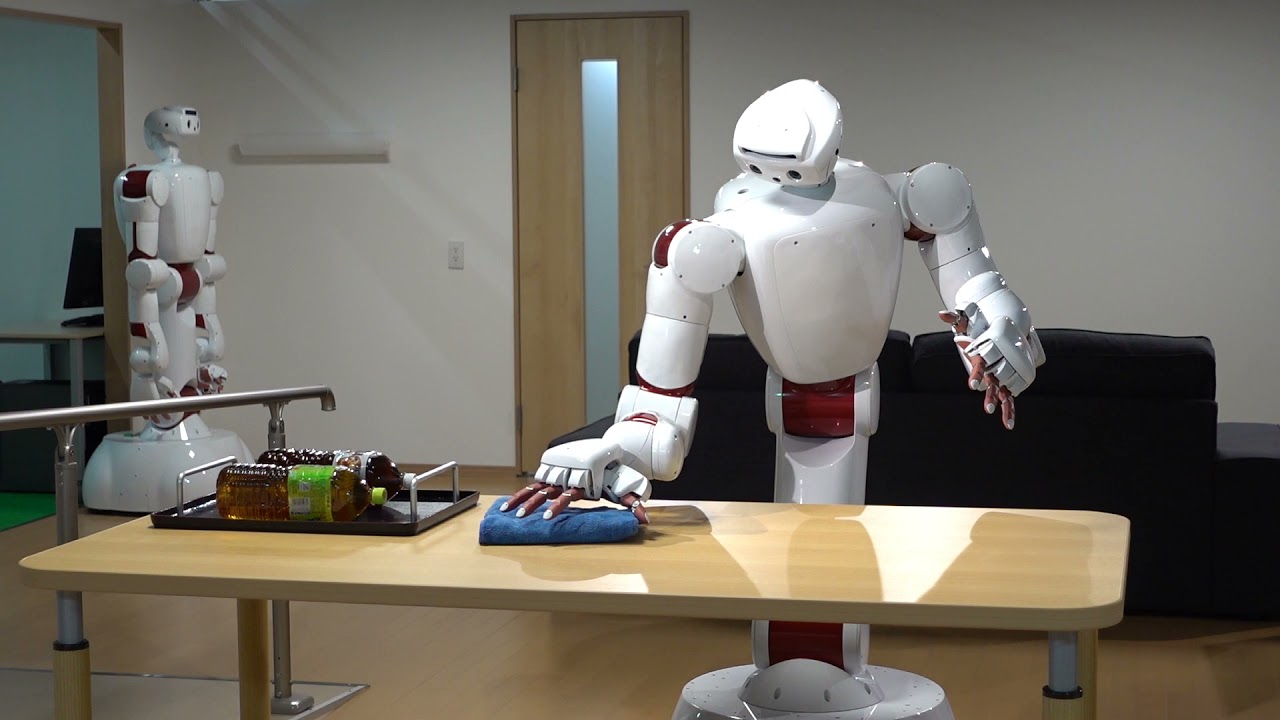
-
Type: Elderly care humanoid robot
-
Pros: Can rotate patients safely to prevent bedsores, assist with changing clothes, folding laundry; uses impedance control for soft, safe movements.
-
Cons: Still in testing, heavy (~150 kg), costly, not widely available until ~2030.
-
Price: ~¥10 million (≈ $67,000).
2. Human Support Robot (HSR) — Toyota
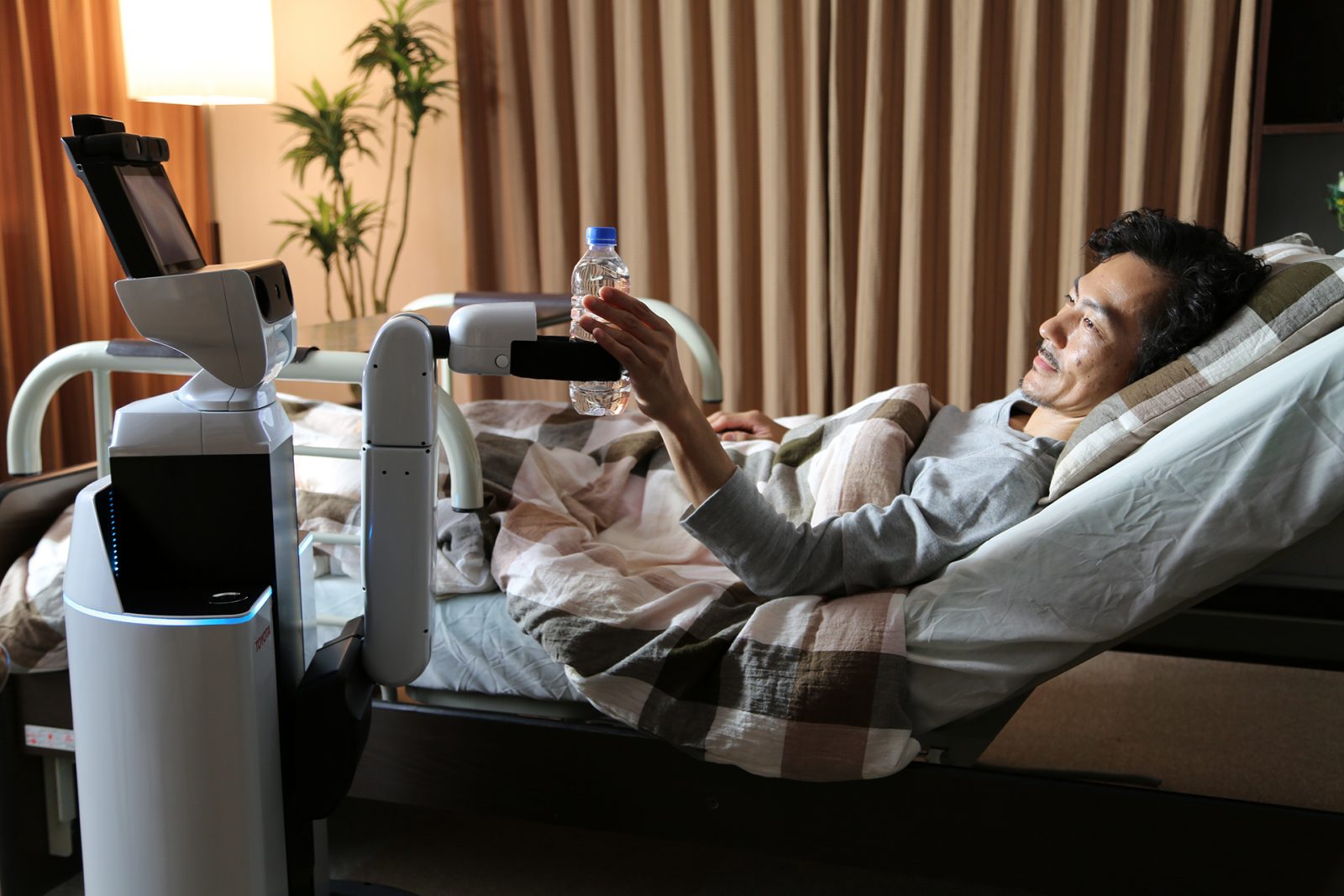
-
Type: Assistive robot for elderly & disabled
-
Pros: Compact, mobile, can fetch objects, navigate indoors, widely used in R&D, strong developer community.
-
Cons: Slow movement, limited complex task handling, high production cost, not consumer-ready.
-
Price: Research/enterprise only, no public retail price.
3. AIBO — Sony
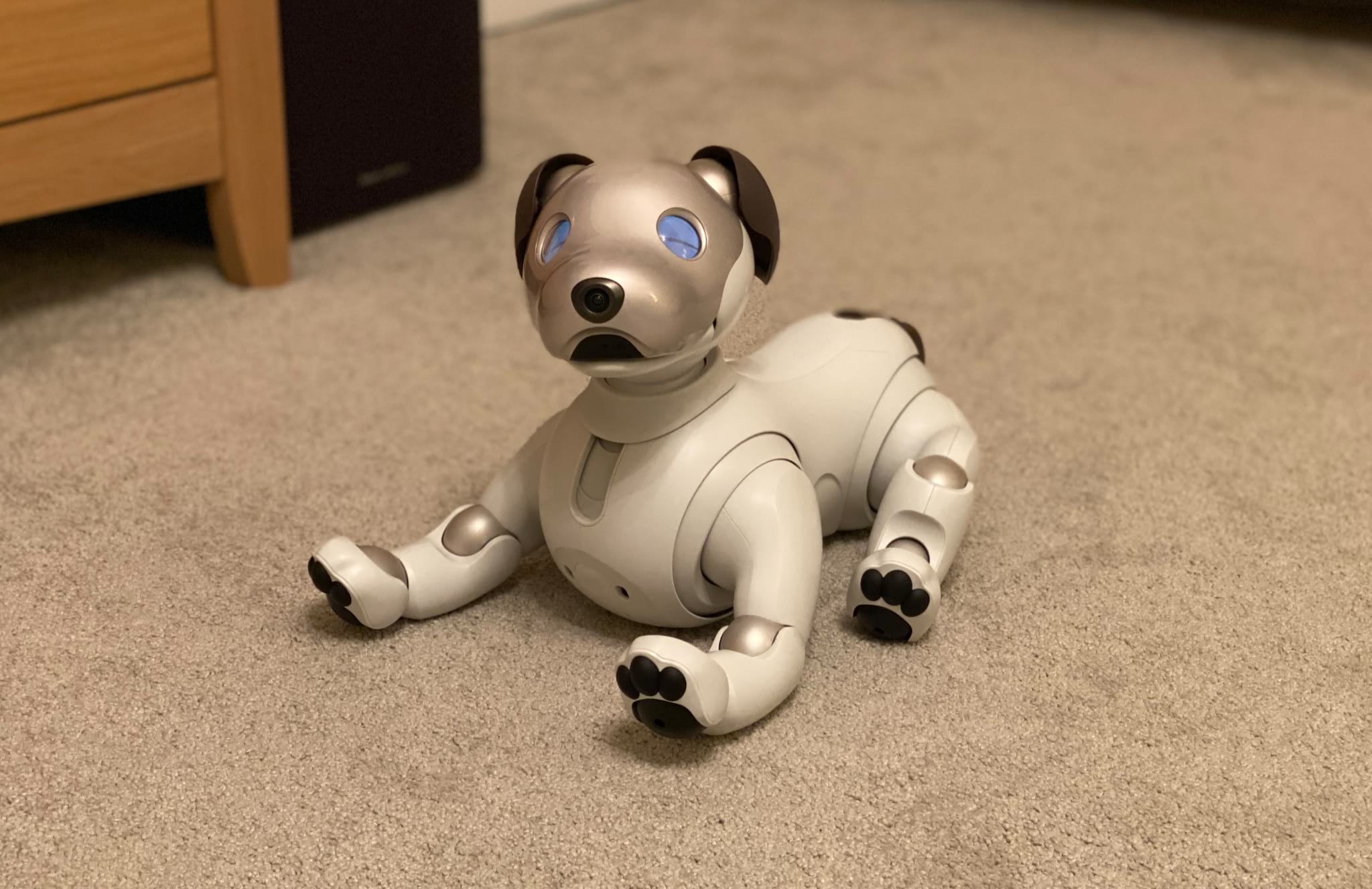
-
Type: Robotic pet dog
-
Pros: Cute design, emotional interaction, face recognition, learns behaviors, fun and engaging.
-
Cons: Limited real functionality, expensive, battery and maintenance costs add up.
-
Price: Several thousand dollars depending on model.
4. Pepper — SoftBank Robotics
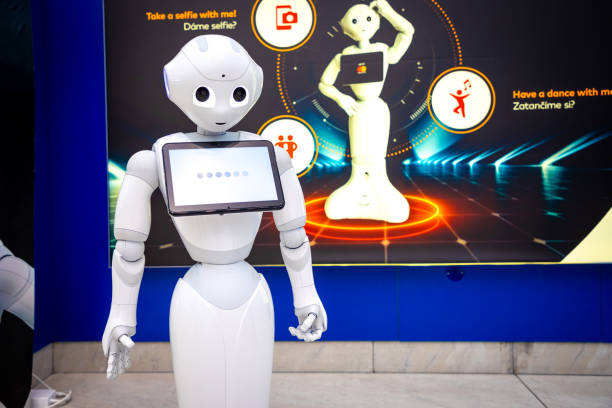
-
Type: Social / service robot
-
Pros: Recognizes emotions, speaks multiple languages, touchscreen interface, widely deployed in stores and customer service.
-
Cons: Production suspended due to low demand, limited physical ability, expensive upkeep.
-
Price: Initially priced in the thousands of dollars.
5. LOVOT — Groove X
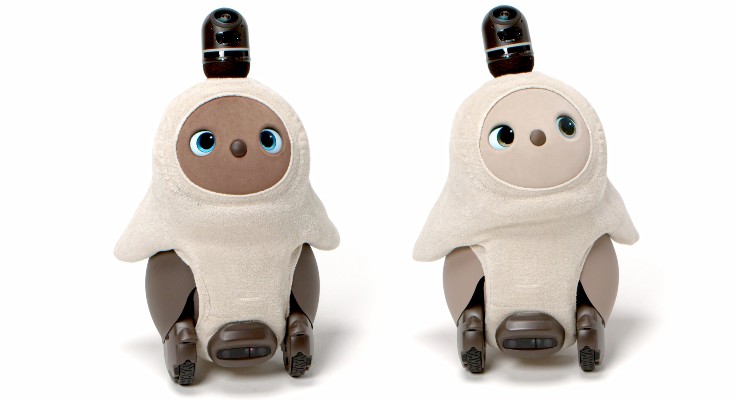
-
Type: Emotional companion robot
-
Pros: Warm, cuddly, highly expressive; follows its owner, shows curiosity and affection; great for emotional support.
-
Cons: Cannot do chores, requires frequent charging, considered luxury-priced.
-
Price: Around $3,000.
6. Nicobo — Panasonic
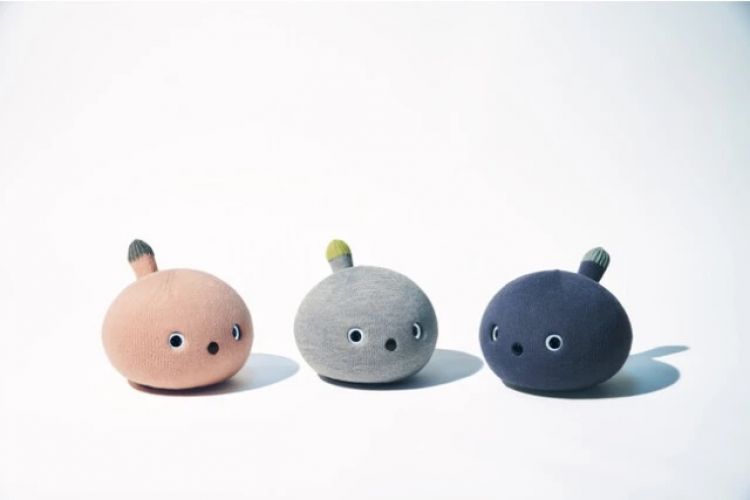
-
Type: Small emotional support robot
-
Pros: Affordable entry-level robot, cute and simple, designed for companionship.
-
Cons: Very limited functions, subscription required for updates.
-
Price: ~$360 + $10/month subscription.
7. Moflin — Vanguard Industries

-
Type: AI emotional pet robot
-
Pros: Adapts its personality through AI, small and portable, provides companionship.
-
Cons: Limited practical use, durability concerns, niche market.
-
Price: Around $400.
8. Mindar — Osaka University & Hiroshi Ishiguro
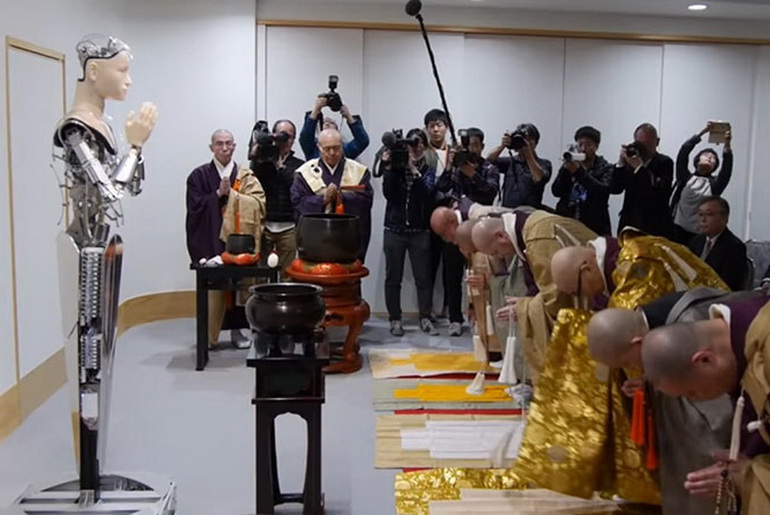
-
Type: Humanoid android for temples/churches
-
Pros: Realistic human-like expressions, designed for cultural and spiritual communication.
-
Cons: Stationary, scripted interactions only, very high development cost.
-
Price: ~ $900,000 development project.
9. HRP-4C “Miim” — AIST
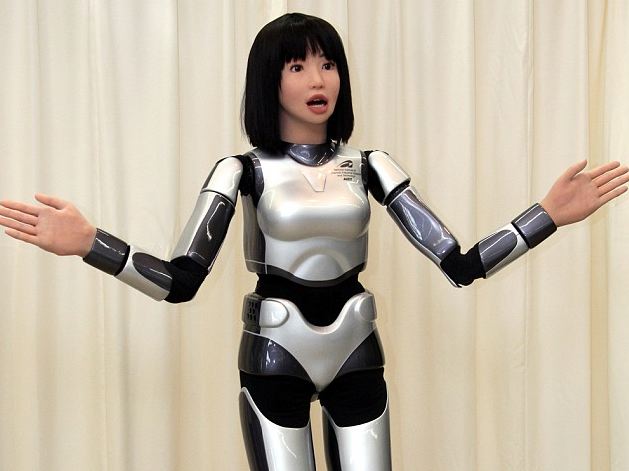
-
Type: Humanoid android performer
-
Pros: Realistic face, can sing, dance, used in entertainment and research.
-
Cons: Limited movement (legs), mainly for exhibitions, very high R&D cost.
-
Price: Not sold commercially, R&D only.
10. Wakamaru — Mitsubishi Heavy Industries
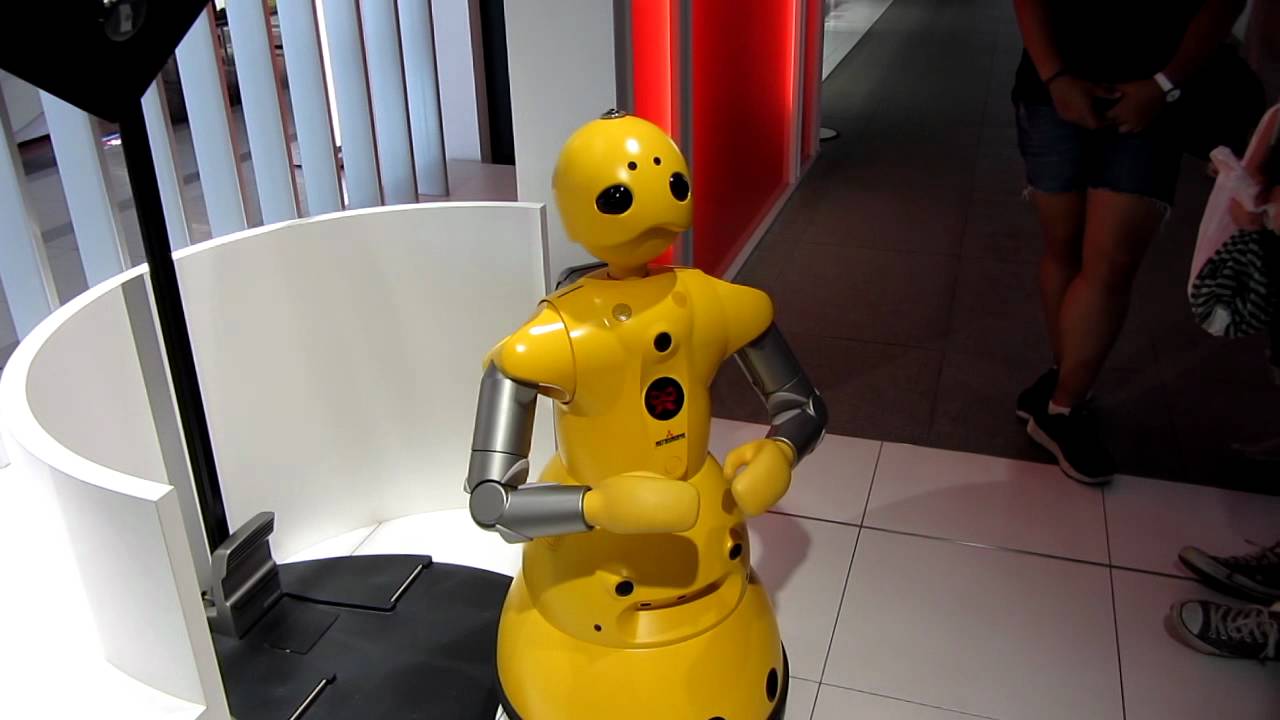
-
Type: Home/service robot
-
Pros: Recognizes faces, understands voice commands, provides news and reminders, friendly design.
-
Cons: Outdated compared to newer robots, limited physical ability.
-
Price: ~$14,000–$15,000 (early models).
📊 Trends and Insights
-
Companion Robots (LOVOT, AIBO, Nicobo) dominate the consumer market — great for emotional support, but limited in practical tasks.
-
Care Robots (AIREC, HSR) are Japan’s answer to the aging population crisis — expected to grow rapidly in the next decade.
-
Androids (Mindar, HRP-4C) are mainly cultural and entertainment showcases, not for home use.
-
Key Challenge: High costs and limited functionality compared to expectations. Affordable robots are usually just companions, while practical service robots are still too expensive for mass adoption.
📝 Conclusion
Japan continues to lead the robotics revolution, from cute companions like LOVOT and AIBO to serious healthcare robots like AIREC and HSR. While high costs and limited real-world functionality remain barriers, these robots offer a glimpse into the future of human–robot coexistence.
👉 Whether for companionship, service, or cultural interaction, Japanese robots show that the future is already here — just unevenly distributed.